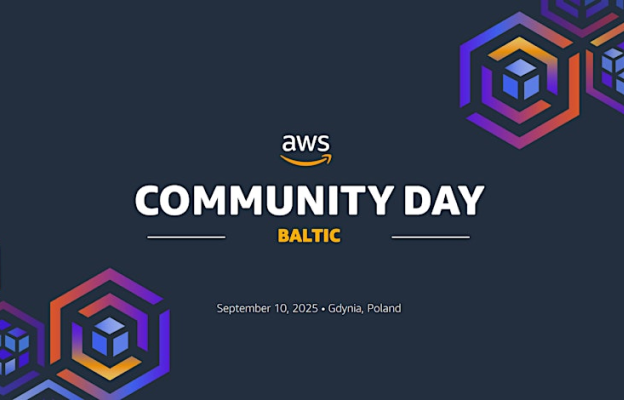Optimize your cloud infrastructure with AWS Well-Architected Framework Review. Ensure security, efficiency, and cost-effectiveness with Labyrinth Labs, AWS Advanced Tier Partner.
Getting things right at the first time isn’t always easy, especially if just starting with DevOps or in the Cloud in general. The AWS Well-Architected Framework was created to assist cloud architects to design and continuously improve their infrastructure in order for it to be secure, efficient, resilient, and cost-effective for their applications.
We at Labyrinth Labs help companies design and build cloud infrastructures. It is crucial for us, that the infrastructures we build are designed according to industry best practices and spec.
The AWS Well-Architected Framework provides guidance for building and improving cloud architectures. It offers insights into aligning your designs with best practices and enhancing your cloud workloads.

As an AWS Advanced Tier Partner, we are able to conduct the Well-Architected Framework Review and ensure, that the infrastructure that you have is built the way it is supposed to be. We identify potential opportunities for improvement and suggest and implement remediation steps.
The 6 Pillars of the Well-Architected Framework Review
The Well-Architected Framework Review is a process that examines six pillars in detail. It identifies potential vulnerabilities and areas for improvement, offering actionable steps towards creating a more secure, efficient, and sustainable cloud infrastructure.
Operational Excellence Pillar
The Operational Excellence pillar concentrates on the effective running of systems and the ongoing improvement of processes. It emphasizes the need to automate changes, respond to events, and establish standards for day-to-day operations. It also encompasses the capacity to efficiently support development and operational workloads, gain operational insights, and continuously refine processes and procedures to add business value.
Security Pillar
The Security pillar is dedicated to safeguarding information, systems, and assets while also providing business value. It encapsulates important aspects such as maintaining data confidentiality and integrity, managing user access, and implementing controls to detect security incidents. It also involves the development of risk assessments and mitigation strategies to enhance overall security.
Reliability Pillar
The Reliability pillar concentrates on ensuring that workloads perform their intended functions and can recover rapidly from failure to meet demands. It embraces the system’s capacity to bounce back from infrastructure or service disruptions, dynamically acquire computing resources to meet demand, and mitigate disruptions such as misconfigurations or transient network issues. Important aspects include distributed system design, recovery planning, and the ability to adapt to changing requirements.
Performance Efficiency Pillar
The Performance Efficiency pillar is centered around the effective use of IT and computing resources. It involves choosing suitable resource types and sizes optimized for workload needs, monitoring performance, and maintaining efficiency as business needs and technologies evolve. It aims to meet requirements efficiently and to maintain that efficiency as demand fluctuates and technologies progress.
Cost Optimization Pillar
The Cost Optimization pillar focuses on avoiding unnecessary costs. Key topics include understanding spending over time and controlling fund allocation, selecting resources of the right type and quantity, and scaling to meet business needs without overspending.
Cost optimization is a key topic for us as a company, we address it at many levels, including proposals of application changes to improve efficiency and reducing bottlenecks.

Sustainability Pillar
The Sustainability pillar is concentrated on reducing the environmental impacts of cloud operations. It emphasizes a shared responsibility model for sustainability, understanding the impact, and enhancing utilization to minimize the resources needed and lessen downstream effects. This pillar also includes the ability to consistently improve sustainability impacts by decreasing energy consumption, increasing efficiency across all workload components, and optimizing the benefits from the resources provided while minimizing the total resources required.
The Process of the Well-Architected Framework Review
As an integral part of the review process, we thoroughly analyze each pillar and provide specific recommendations to improve and optimize your cloud infrastructure following the principles of the Well-Architected Framework. You can read more about it in our blog Diving Deeper: A Comprehensive Look at Infrastructure Evaluation.
After conducting the review, we present a detailed report outlining the areas of strength and those that need improvement. We also provide a roadmap for implementing these enhancements to align your infrastructure with the AWS Well-Architected Framework.
The Well-Architected Framework Review was designed as a repeatable mechanism to help you improve and move forward. Our aim is to help you maximize the benefits of your cloud infrastructure while minimizing the potential risks and costs, and the Well-Architected Framework Review is a crucial tool for achieving this. We believe that following these guidelines will lead to a more robust, secure, and efficient cloud environment for your business.







